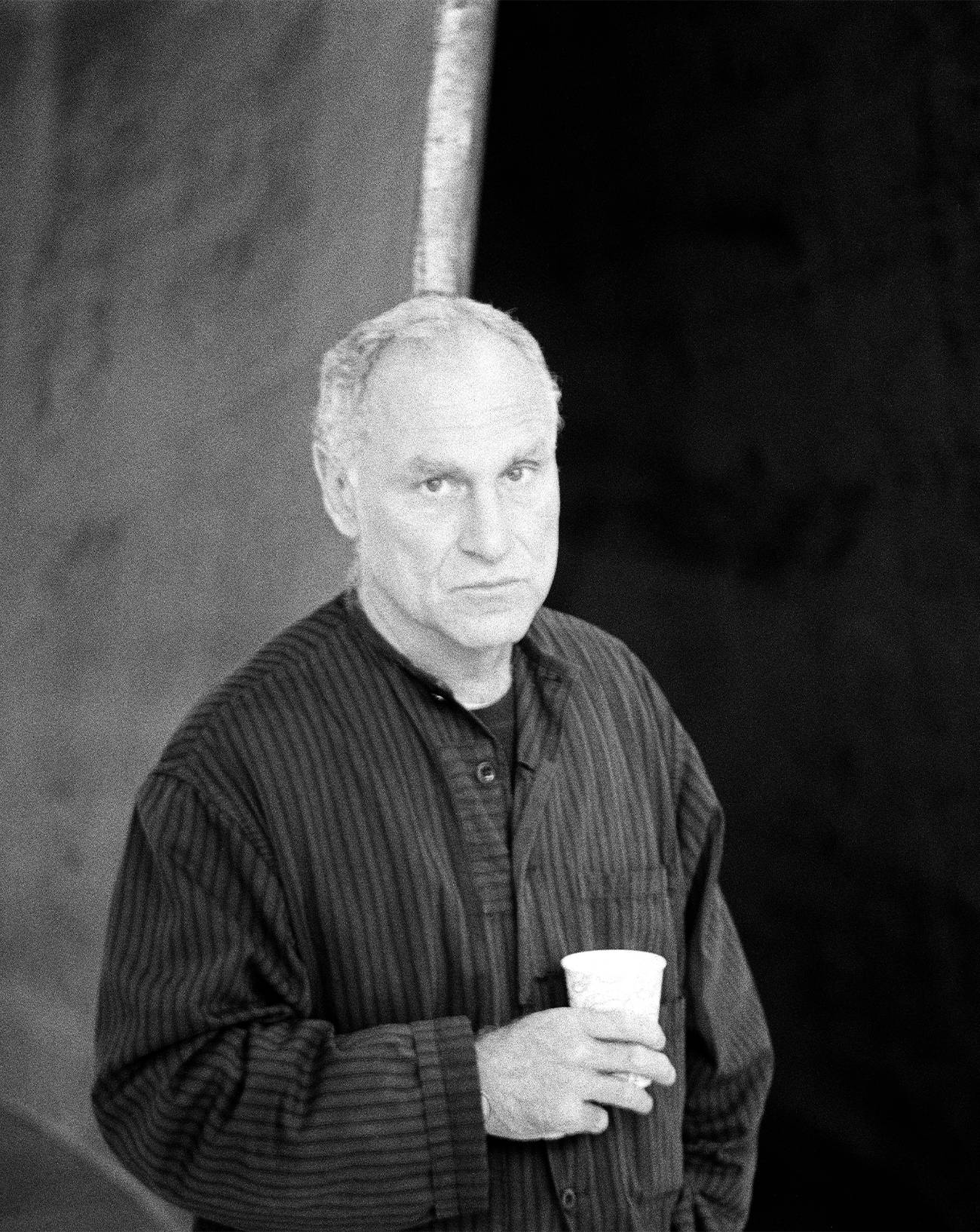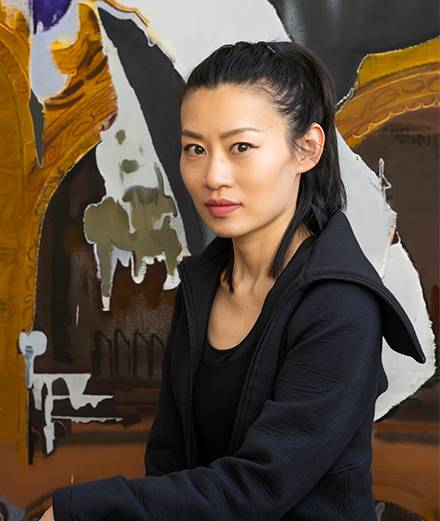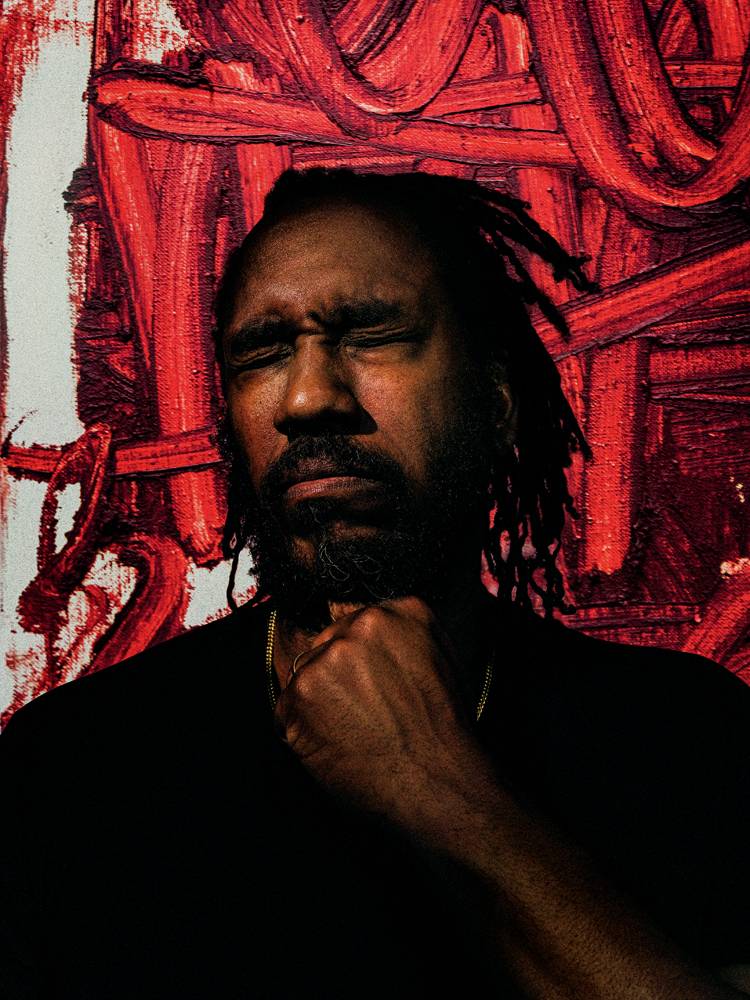Numéro art: How would you explain Danh Vo’s intensely poetic and political oeuvre to a neophyte?
Mathieu Paris: Danh Vo’s work is very autobiographical and draws in particular on his experiences as a refugee from Vietnam. His work is the vehicle for fragments of his own life but also for fragments of history with a capital H, art history in particular. Perhaps one of his most interesting recent pieces was the Dirty Dancing installation Danh made for the gallery in 2020 and which will be shown at the Osaka Museum of Contemporary Art. It’s an obvious crystallization of his practice, and comprises a bright red wall on which Danh’s father has written the words “Dirty Dancing” in gothic letters, a bronze Christ modelled on a 19th century wooden figure, half empty bottles of Coca-Cola and Johnnie Walker placed on the floor, and a reworked 1967 photograph of a NASA astronaut. The piece is fantastic for its capacity to connect seemingly diverse phenomena such as the American empire, the space and commercial conquest and colonization – particularly via Christian missionaries.
“Danh Vo's work is the vehicle for fragments of his own life but also for fragments of history with a capital H.”
Danh’s work has often focused on this idea of empire, especially America’s, which is approached in this piece via the movies and their global impact, referencing the film Dirty Dancing along with American consumer society and its hold over the world. The red he’s used immediately says “Coca-Cola.” And there’s the Christ, of course. In Dirty Dancing, Danh correlates and confronts all these elements in a subtle and poetic way, somehow pulling them together into the “dirty dance” of the title. It’s all staged to resemble the queasy morning after a wild party. There’s something extremely disturbing in this installation, this evocation of phenomena that have violent consequences.


How does this piece echo Danh Vo’s personal story?
Danh is from Vietnam. His family had to flee the American war. After being rescued by a Danish boat, they settled in Denmark. The history of Vietnam and of Danh’s family have been strongly marked by this exodus. In the Dirty Dancing installation there’s an excerpt from a letter by written by French missionary Théophane Vénard and copied out by hand by Danh’s father. Vietnam was marked by several waves of colonization, the first of which was led by Catholic monks who sought to convert the population. The letter was written by Vénard the day before his execution in 1861: the emperor had determined to fight this first wave which had religion as its pretext, but was in fact the first attempt to colonize the country. Then came the Vietnam War, and a more commercial colonization, represented by the Hollywood film industry and by big brands such as Coca- Cola. American state propaganda also took the form of the space race during the Cold War. Danh is a remarkable conceptual sculptor who understands forms, words and letters. He assembles all these fragments with skill and poetry.
Another of Danh Vo’s talents is knowing how to put an exhibition together. He’s an excellent curator of his own works, which he often mixes with pieces by others.
That’s what I immediately found fascinating about him: this way of juxtaposing, superimposing, stacking, and rendering several fragments or several stories transparent, including those of other artists. We’d seen him in several exhibitions, including the one he curated with Caroline Bourgeois at the Punta della Dogana in Venice [Slip of the Tongue, 2015], with works by historic artists like Rodin and Picasso alongside artists of his own generation. To go back to the term curator, he is the only artist, the only person who has post-humously integrated the group of friends, artists and writers, around Felix Gonzalez-Torres. He even got to curate a Gonzalez-Torres show at the Wiels in Brussels, in 2010.















